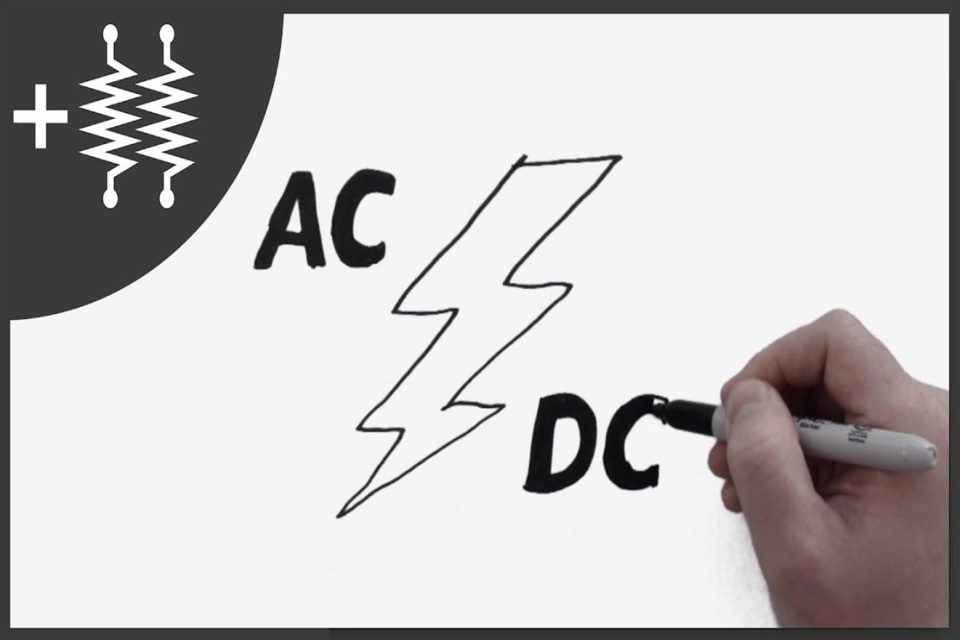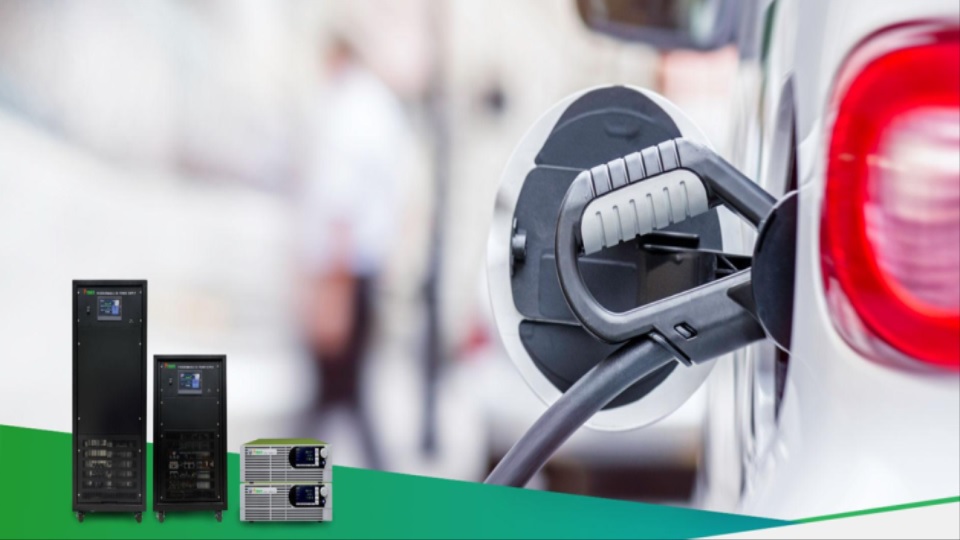It is very hard to pinpoint an exact date when electricity was invented. This is because there were many timely involvements before what we now recognize as electricity became what it is. For example, the ancient Egyptians and Greeks knew a thing or two about it because of observation.
Furthermore, the likes of Benjamin Franklin, Alessandro Volta, Michael Faraday, Thomas Edison, Nikola Tesla, and James Maxwell all played crucial roles in the emergence of what is now recognized as electricity.
However, it is easier to trace the history of electricity in certain regions than to discuss its invention. For example, the late 1800s was crucial in developing the Norwegian electricity sector. You can see this bestestrøm.no – hva er strøm piece for more information about this.
People need to understand a few technical things about electricity. This is especially true considering how important electricity is. To this end, this article discusses the two forms of electric power.
Types Of Supplied Power – Direct & Alternating Current
 Electricity can either be supplied in the form of DC or AC. DC stands for direct current. This implies that the current only travels in one direction, as its name suggests.
Electricity can either be supplied in the form of DC or AC. DC stands for direct current. This implies that the current only travels in one direction, as its name suggests.
It was the earliest form of electricity. As a result, it was widely used in the early stages of power generation and supply. For example, the first batches of power plants in Norway transmitted Direct Current.
Over the years, there was a massive switch from DC to AC. AC stands for alternating current. This option means that current does not only travel in a sole direction. Rather, it travels in various directions, as required.
There were clear reasons for the massive switch in Norway, other parts of Europe, and the entire world. By and large, it was because of the benefits that AC had over DC. For example, the switch meant that electric currents could travel greater distances.
Is DC Power Still Useful Today?
 It still has practical use today. This is although most of the transmitted and used power currents are alternating currents. To help you come to terms with how useful it still is, here are some of its uses:
It still has practical use today. This is although most of the transmitted and used power currents are alternating currents. To help you come to terms with how useful it still is, here are some of its uses:
EVs (Electric Vehicles)
Electric motors and batteries play very crucial roles in the workings of electric vehicles. Electric motors and their batteries are powered by DC voltage. Creating a DC-enabling charge is a major part of how EV charging stations are created.
Telecommunications
Major telecommunication equipment needs to be designed to guarantee top-tier power reliability. This is more guaranteed with DC and is why most telecommunication pieces of equipment are designed this way.
Data Centers
Data centers cannot afford to run out of power because of what is at stake. As a result, they require more reliable power sources. For one, the rate of power conversion must be reduced to the barest minimum.
This is what you get with Direct as opposed to Alternating current. The direct nature of its flow is the reason for this. Furthermore, DC offers significantly higher energy-efficiency levels for such facilities. This is another major reason it is engaged in data centers.
Off-Grid & Remote Application
Power range is a major advantage of AC as mentioned early on. This is why the centralized power grid is designed to transmit alternating current. However, it is worth noting that some especially isolated parts of the country are not connected to the central power grid.
As a result, such parts have to rely on off-grid power supply. Options that can be considered include turbines, micro-hydro facilities, generators, and solar panels.
A lot of off-grid power generation sources use Direct rather than Alternating Current. For one, this is because of the limited range that needs to be supplied electricity. Solar panels are a prime example.
Specific Industrial Processes
There are industrial processes that cannot afford to use alternating current for various reasons. For example, the use of alternating current can negatively impact some chemical reactions in some industrial settings. For one, this is because of the impact of several current conversions that AC entails.
As a result, such facilities have to resort to the use of Direct Current instead. Electrolysis and Electroplating are prime examples.
Specific Sensors & Electronics
There is no denying that AC is more engaged. Be that as it may, specific sensors and electronics cannot afford to be powered by AC voltage. Examples of such include:
- DC Motors
- ECUs (Electronic Control Units)
- Transistors
- Electrochemical Sensors
- Photovoltaic Cells
- Charging Circuits
- Batteries
- Light-Emitting Diodes
- Digital Logic Circuits
Failure to use Direct Current supply for several of the aforementioned would cause them not to function properly. For some and in some cases, it can even lead to damage and electrical hazards.
Modern Railway Systems
There are various notable features of modern railway systems. One such is their impressive speed levels, which ensures that commuters can get to their destination on time.
However, several things are responsible for this. Preference for Direct over Alternating Current is one such. Some of the reasons for this include the following:
- Simplicity – DC voltage is not as complicated as AC’s
- Easy Maintenance – This is also down to its simplicity
- Regenerative braking – Reliable and top-level brake features are a necessity for high-speed rail systems. It turns out that regenerative braking is easily achievable with Direct than with Alternating Current
- Better Voltage Control
- Compatibility – Many rail lines were built during times when DC was the order of the day. As a result, compatibility is achieved when rail systems use Direct instead of Alternating Current
- Power Density – Modern rail systems require a great degree of electric power to operate. The direct approach of Direct Current is why it better guarantees power density than Alternating current
These are some of the reasons why modern railway systems incorporate Direct rather than Alternating Current.
Can You Switch Power Types?
It is possible to switch power types. In other words, power can be switched from direct to alternating current. In the same vein, the switch from alternating to direct current is equally possible. Discussed below is how this happens:
Conversion From Direct To Alternating Current
A device known as an inverter is used to perform this conversion procedure. By and large, this happens through the systematic creation of an alternating current output waveform.
The output waveform created by the inverter equipment majorly depends on the load. Something known as a modified sine wave is created in situations when the load is less sensitive. Conversely, a pure sine wave is created in situations when the load is highly sensitive.
Conversion From Alternating To Direct Current
A device known as a rectifier is used to perform this conversion procedure and this device is available in different forms. Thyristor and Diode rectifiers are prime examples of the different forms of rectifiers.
Regardless of the rectifier’s form, the essence of this device is to ensure that current flows in a sole direction. This is rather than flowing in alternative directions as is the case with AC.
Specified Systems That Perform Power Conversion Roles
 Essentially, the task of converting is that of rectifiers and inverters as discussed above. However, some known systems are capable of handling this conversion in their capacity. Prime examples of such are discussed below:
Essentially, the task of converting is that of rectifiers and inverters as discussed above. However, some known systems are capable of handling this conversion in their capacity. Prime examples of such are discussed below:
Renewable Energy
More often than not, renewable energies are obtained in DC form. Examples include wind turbines and solar panels. However, conversion is required given that most of these appliances and systems that would be powered by these energy sources are AC-based.
As a result, a lot of these renewable energy pieces of equipment have bidirectional capabilities that enable them to convert from Direct to Alternating Current. In addition to this, some of them can perform the reverse. This is especially important for energy storage purposes.
UPS (Uninterruptible Power Supply) Devices
UPS devices are designed to provide power when the main power source is compromised. However, these devices need to be charged to perform this task.
UPSs have batteries that are charged for this purpose and these batteries need DC voltage to be charged. As a result, there is a need to convert usually supplied Alternating current from the grid to Direct Current for this purpose.
These devices have bidirectional capabilities that enable them to do this. These capabilities also mean that they can convert the DC power that they have gathered to AC power for transmission.
Electric Vehicle (EV) Chargers
Electric vehicle chargers must be able to convert AC to DC, at the very least. This is because electric vehicles are charged with DC voltage. In other words, these chargers need features that enable them to convert AC from the power grid to DC required for charging EVs.
Furthermore, some of these EV chargers do not stop at this. They can also convert their DC to AC voltage. These are usually EV chargers that have V2G (Vehicle-to-Grid) capabilities. In other words, they can direct electric current back to the power grid for use. This is especially helpful when there is a power shortage.
These are just a few examples of specialized systems that are capable of doing this. By the way, some are even capable of performing current conversions repeatedly. HVDC systems are capable of doing this.
Conclusion
This article has shed light on the two forms of electric power – AC and DC. As discussed here, AC is more used than DC. However, DC is still very important for various electrical applications.
Now that you are aware of this, you should make good use of this information. One way to do this is by using electrical systems that have the right bidirectional capabilities if they need to. Examples include solar panels and EV chargers.


